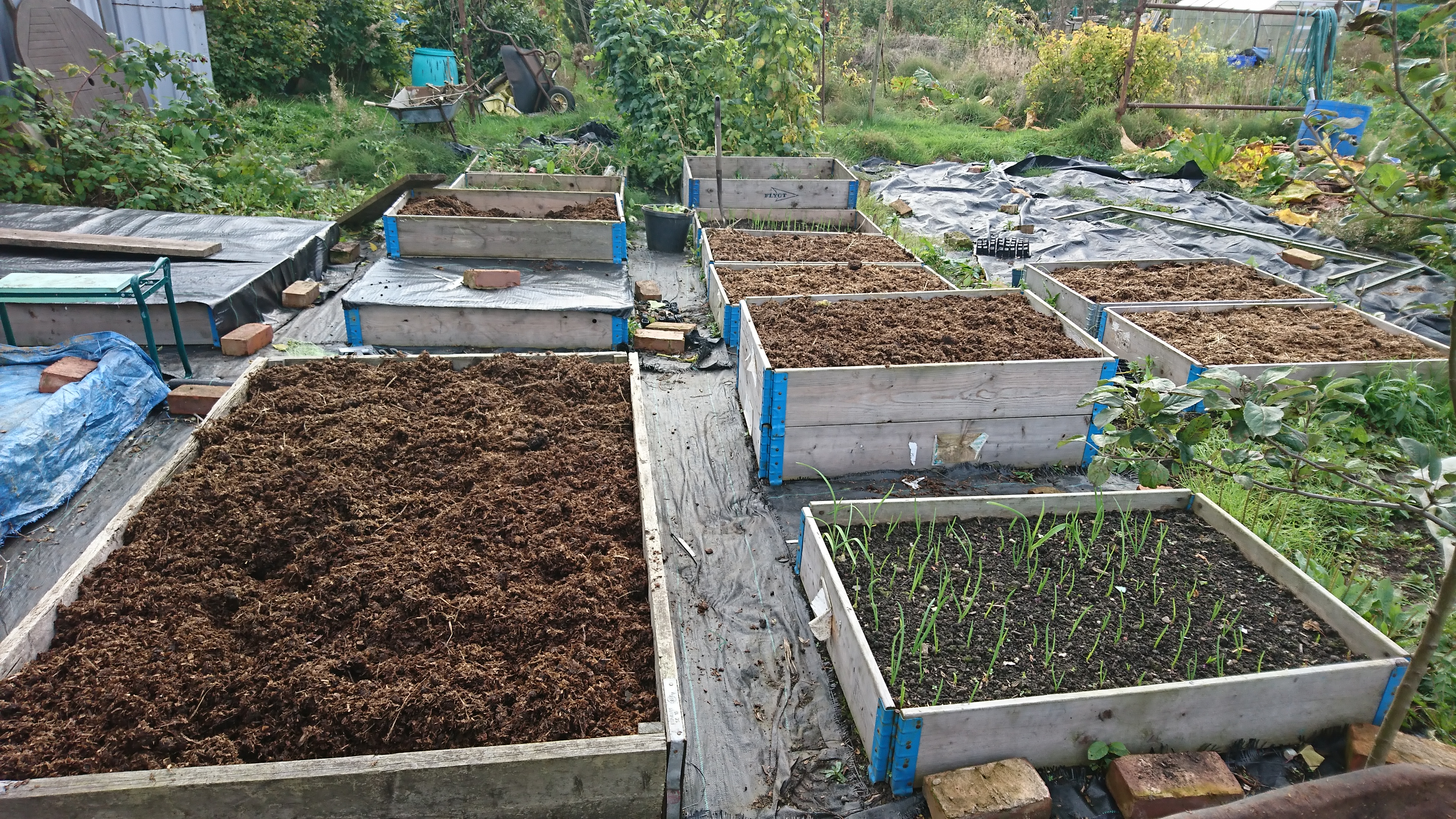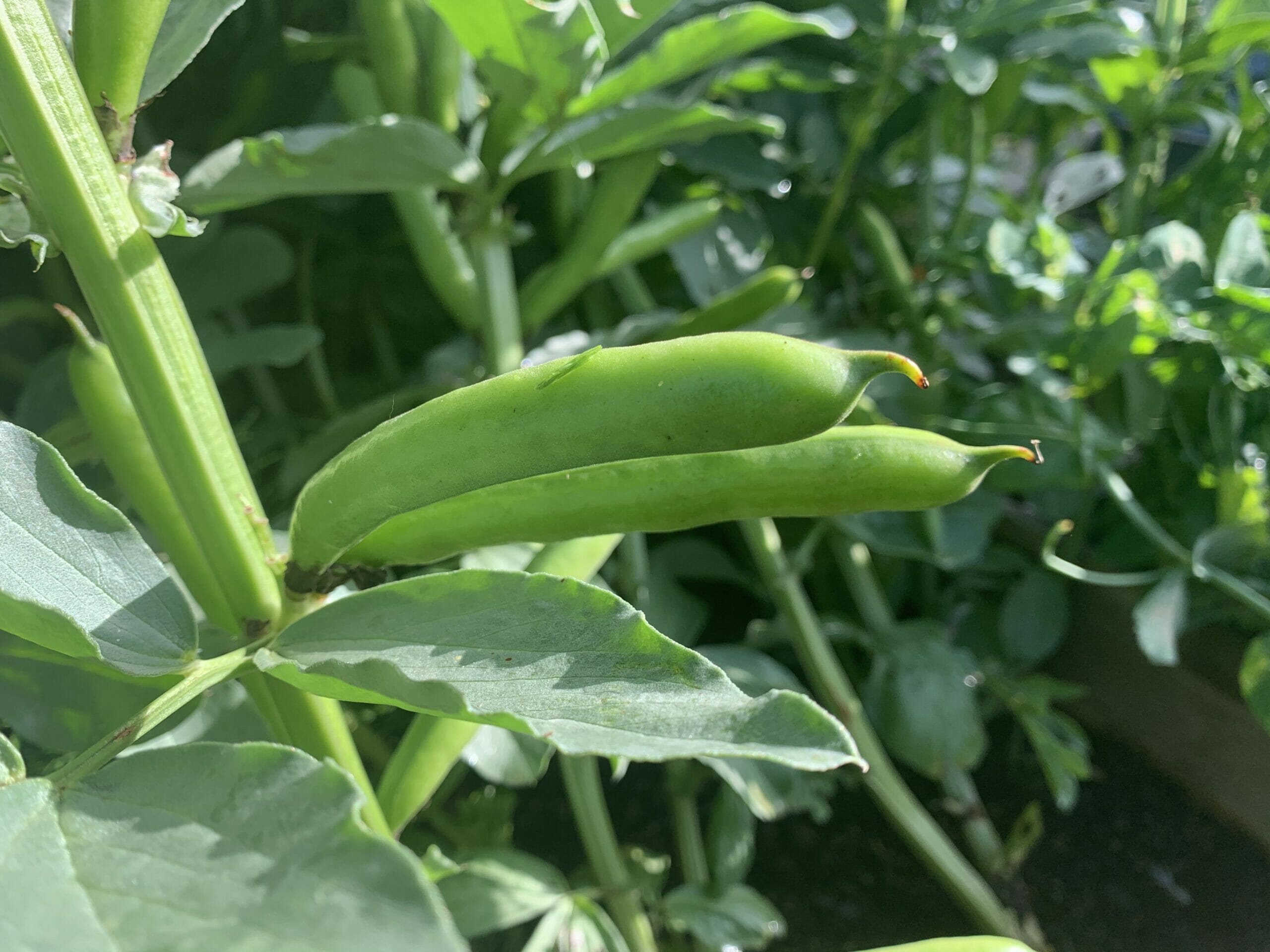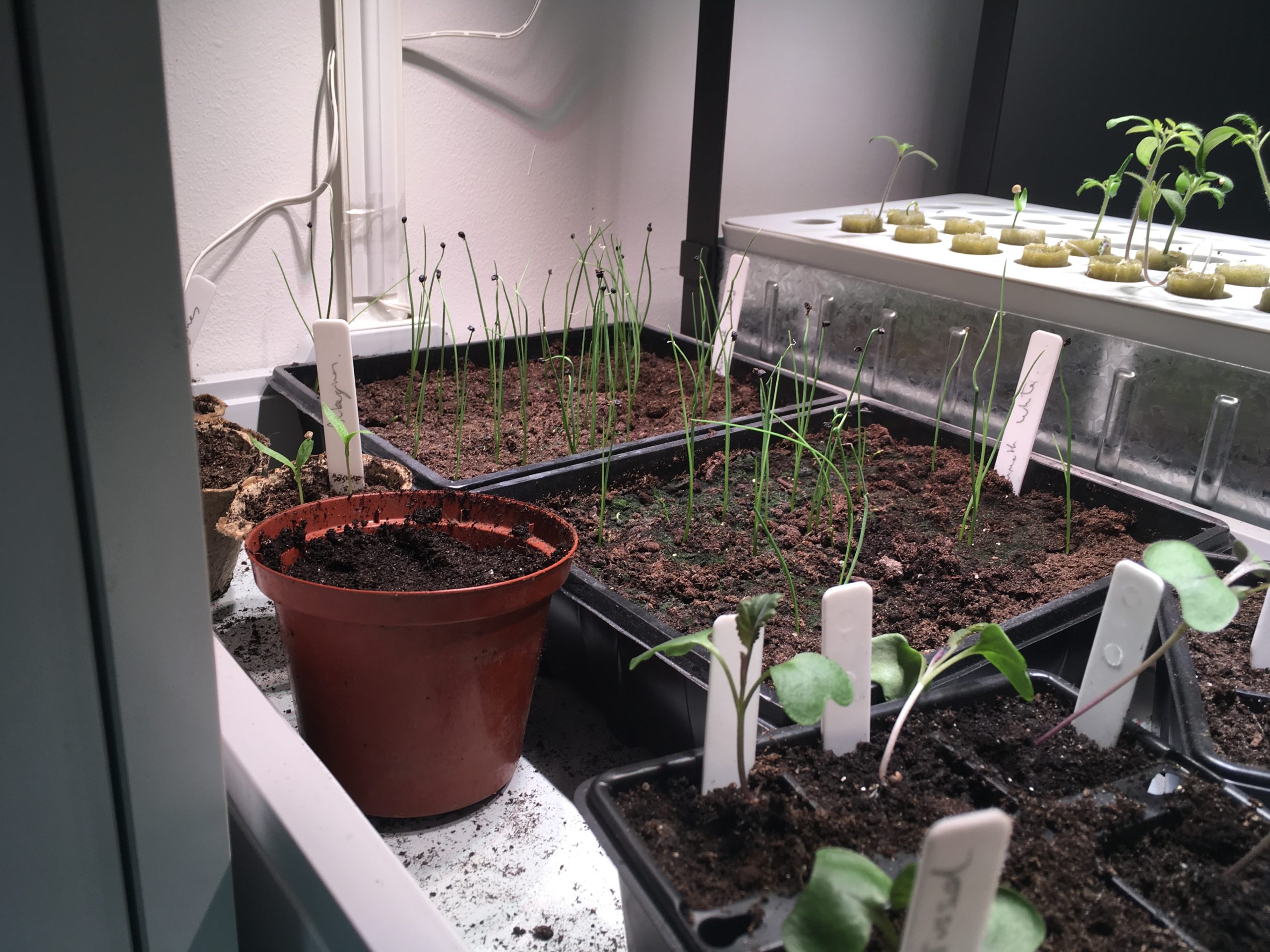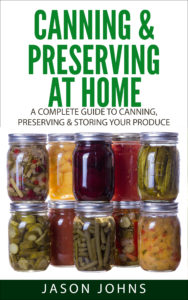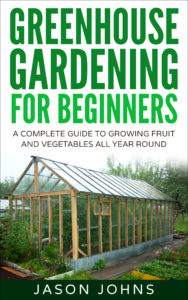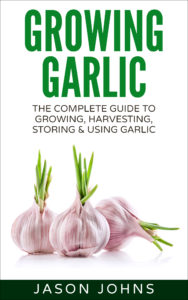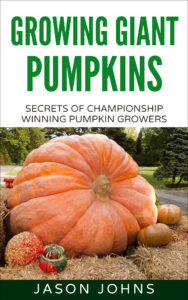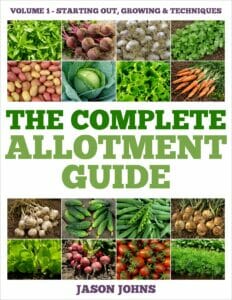July – What To Do In The Vegetable Garden
July is another busy month in the vegetable garden. Planting will be slowing down, but harvesting is going to be occupying a lot of your time. Weeding and watering will be another time consuming task, but mulching your plants can help reduce the amount of work you have to do here.

What To Harvest
July is a great month for harvesting as lots of things will be ready for you to pick and enjoy. Remember to check your plants regularly and harvest everything when it is at its peak. Many plants can go from ripe to overripe very quickly, so visit your vegetable garden daily and pick everything that is ripe. Store it, use it or freeze it.
- Apricots – some early varieties may be ready to harvest if the conditions have been favourable.
- Aubergines – in warmer areas, you may get some ripe aubergines towards the end of the month.
- Beetroot – continue to harvest your beetroot before they grow too large. If you have a lot of beetroot ready at one time, they can be picked for long term storage.
- Blackberries – the first blackberries will be ready to harvest this month, as will other hybrid berries such as tayberries.
- Blackcurrants – these will start to ripen this month. Newer varieties will ripen at all once whereas traditional varieties ripen gradually. Pick and use the ripe berries, though they can be frozen if necessary.
- Blueberries – this month should see the first of your blueberries ready to harvest. Pick the largest, softest berries that are a dark blue/black colour.
- Broad Beans – check these daily as they will ripen rapidly. Harvest from the bottom of the plant upwards and compost finished plants, leaving the roots in the ground. Harvest the beans before they grow too big and become tough and bitter.
- Broccoli – harvest your broccoli regularly when it is ready. Note that this plant can quickly become overripe, so when they are ready, do not leave the on the plant.
- Carrots – early carrots are best eaten when young, whereas main crop carrots are good when they are larger.
- Celery – some celery could be ready this month. Water them before harvesting to help keep them crisp for longer.
- Cherries – providing you netted your cherries to protect them from birds, they should be ready to harvest this month.
- Chicory – this can be picked now for baby salad leaves or left to form hearts.
- Chillies / Bell Peppers – if you have grown these undercover, these may be ready to harvest this month.
- Courgettes – June sees the start of courgette (and summer squash) season. These need harvesting regularly when they are the same size as those found in the shops. Harvest daily as they can literally double in size overnight!
- Cucumbers – harvest outdoor cucumbers when they are 6-8″/15-20cm long. Any longer and the seeds become too large and unpleasant tasting.
- Florence Fennel – Cut these about 1″/2.5cm above the ground and leave the remains in the ground. In a few weeks, feathery leaves will have sprouted from the stump which are delicious in stir-fries.
- French Beans – dwarf bush varieties will be ready to harvest this month. These are best picked every day when they are at their best.
- Garlic – continue to harvest garlic as the leave wilt and turn yellow. Allow them to dry fully before storing.
- Globe Artichoke – keep harvesting these before the purple flowers start to show.
- Gooseberries – these should be ripening nicely this month. Sweet ones can be eaten raw whereas other can be cooked or made into jam.
- Kohl Rabi – continue harvesting this plant before the roots are larger than a tennis ball.
- Lettuces – keep harvesting lettuces once they form hearts. Cut-and-come-again crops are likewise harvested by taking the outer leaves.
- Marrows – these can be picked this month while still relatively small, or left for next month when they are larger.
- Onions – most of your onions will be ready to harvest this month. Dry them with the leaves still on and then store.
- Peaches and nectarines – this is the first month that these can be harvested from trees grown in sheltered areas.
- Peas – pick peas regularly before they grow too large. They are best eaten straight away while still sweet or blanched and frozen the same day.
- Plums – some early season plums could be ready to harvest towards the end of the month. Harvest when they are slightly soft but before they become squishy.
- Potatoes – second earlies will be ready to lift. When the flowers appear, scrape away the soil from the base of a plant and check the potatoes to see if they are ready. Salad varieties should be harvested before they grow too big and used as soon as possible.
- Radishes – harvest while small for the best flavour. As they grow larger, they become hotter and woody.
- Raspberries – check your summer fruiting raspberries daily and pick those that are ripe. They will quickly become overripe if left. Harvest when they are the correct colour and pull away from the plant easily, leaving the ‘plug’ behind.
- Red/White Currants – as these ripen, cut off the whole strig (truss) and strip the berries at home.
- Rhubarb – this is the last month where you can harvest rhubarb. After this month, leave the plant alone so it can store energy for winter.
- Rocket – keep harvesting rocket as a cut-and-come-again crop as the plant will continue to produce more leaves.
- Runner Beans – harvest your runner beans before they grow too large and become stringy. These can be chopped, blanched and frozen for long term storage.
- Shallots – the first shallots will be ready when the leaves have died down. Dry them full before removing the leaves and storing them.
- Spinach – keep watering this plant to stop it from bolting and harvest as a cut-and-come-again crop.
- Spring Onions – continue to harvest these and sow more seeds for another crop later in the year.
- Strawberries – harvest these regularly while they are still at their best. Remove any that are overripe or mouldy.
- Tomatoes – outdoor tomatoes can be ready to harvest this month, though only pick them when they are fully ripe.
- Turnips – keep harvesting your turnips before they grow too big. They are best when around the size of a golf ball.
Vegetable Plant Jobs
There are still some vegetables to plant out this month for cropping later in the year. Some seedlings raised in your greenhouse or under cover can be planted out now too.
- Beetroot – these can be planted this month.
- Brassicas – net all your brassicas to protect them from birds, butterflies and other pests.
- Broccoli – some varieties can be planted now for a late autumn crop.
- Brussel Sprouts, Cabbages and Cauliflowers – these can be planted now for harvesting next spring, though make sure you plant an overwinter variety. Autumn cauliflowers, cabbages and Brussels sprouts that you have been raising from seed can be planted out now too. All brassicas will benefit from the earth being piled up around the stalks and firming down to prevent wind rock.
- Broad Beans – these need to be cut down when the harvest is finished. Cut them just above the surface, leaving the roots in the ground. The greenery can be composted while the roots are left in the ground where they release nitrogen.
- Carrots – these can be sown direct this month.
- Cauliflower – cover the heads otherwise they will turn yellow in the sun. An easy way to do this is to pull outside leaves over the heads and tie them in place.
- Celery – trench celery needs earthing up to keep the stems out of the light.
- Climbing Beans – these generally keep on climbing until the frosts finish them off. In July, you can pinch the tops off them otherwise they will continue to grow and when they reach the top of your canes, they get tangled and top heavy, i.e. more susceptible to wind damage.
- Florence Fennel – this can be sown in July for a late autumn crop before the first hard frosts.
- French Beans – this is the last month for planting French beans so they will produce a crop before the frosts set in.
- Kohl Rabi – continue planting this month for a late autumn to early winter crop.
- Leaf Vegetables – leafy vegetables such as kale, mizuna, Chinese broccoli and Swiss chard can still be planted out and will last well into the autumn and even into winter.
- Leeks- these should all be planted out into their final growing position by the end of this month. Cover with a fine netting to protect them from leek moth.
- Onions, Shallots and Garlic – these must be fully dried before they go into storage. Check them carefully and any suffering from white rot, mould or any damage, should be used immediately and not stored. Lay the bulbs on the ground in sunny weather to dry, or put them in the greenhouse or shed to dry. The more they dry, the longer they will keep. Once they are fully dried, remove and compost the leaves.
- Peas – net your peas to protect them from birds. Make sure they are raised up off the ground to protect them from mice. You can still plant peas this month and they will produce a crop before the frosts.
- Potatoes – keep earthing up your potatoes as required to prevent the tubers being exposed to the sun.
- Tomatoes/Peppers – these need regular watering and feeding this month as soon as the flowers appear. Tomato plants should have the side shoots pinched off. When tomatoes form four or five trusses, pinch the growing tip off the plant so it concentrates on ripening the fruit.
- Turnips – sow these direct this month.
Fruit Tree/Bush Jobs
Your fruit trees and bushes will need some attention this month and will start to be producing a harvest for you. Some of the jobs you can be doing this month include:
- Apples/Pears – thin fruit if required.
- Blackcurrants – lightly prune either just before or just after harvesting the fruit. Red and white currants and gooseberries can also be pruned in the summer after they have fruited.
- Blackberries – both blackberries and hybrid berries such as tayberries have new canes tied in so that old canes can be cut back in the autumn.
- Cherries/Plums – both cherries and plums can be pruned once the fruit has been harvested. Note that stone fruit trees are pruned in the summer months, not the winter.
- Grapes – vines have the fruit thinned and side shoots pruned. Some of the leaves can be removed around clusters of grapes to give them more sun and speed ripening.
- Raspberries – when you finish picking summer fruiting raspberries, cut the canes that have produced fruit back to ground level as they will not produce fruit next year.
- Strawberries – tidy up your summer strawberries by removing old foliage and runners as well as any debris such as straw around the base of the plants.
- Trees – all wire trained trees need to be checked to make sure the ties are secure, but not constricting the tree. New growth can be lightly pruned or tied in.
General Jobs
This month you are going to be concerned with watering, weeding and mulcing, particularly if the weather is very hot and dry. Even though, there are other jobs to do too.
- Mulching – mulch your plants to help conserve moisture and keep the weeds down.
- Propagate Herbs – perennial herbs such as rosemary, sage and thyme can be propagated with softwood, stem or semi-ripe cuttings.
- Watering – water everything regularly, but be careful not to overwater plants. Water direct to the base of the plant and avoid getting water on the leaves of the plant. For many plants, such as spinach, rocket and cauliflowers, regularly watering them can help to stop them from bolting.
- Weeding – keep the weeds down across your vegetable garden as they will be enjoying the warm weather and benefiting from you feeding and watering your plants.
Greenhouse and Polytunnel Jobs
The greenhouse will be full of plants now, but will also be getting very hot. You won’t want to be spending too much time in the greenhouse in heat of the day!
- Damping Down – damp down your greenhouse in the morning by soaking the floor to help keep the humidity up.
- Tidying – tidy up the greenhouse from all the activity earlier in the year, removing any potential hideouts for slugs and snails.
- Tomatoes – greenhouse grown tomatoes can often be allowed to grow to 5-7 trusses before the ends are pinched out.
- Ventilation – open windows, vents and doors to help air circulation and to encourage pollinating insects into the greenhouse.
- Watering – water plants in the greenhouse regularly, sometimes twice a day, to prevent them from drying out. Tomatoes in particular must be regularly watered otherwise they end up with blossom end rot and split fruits.

